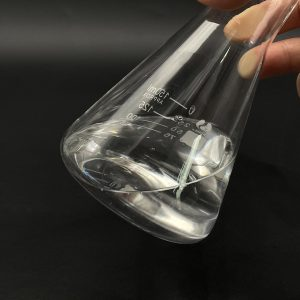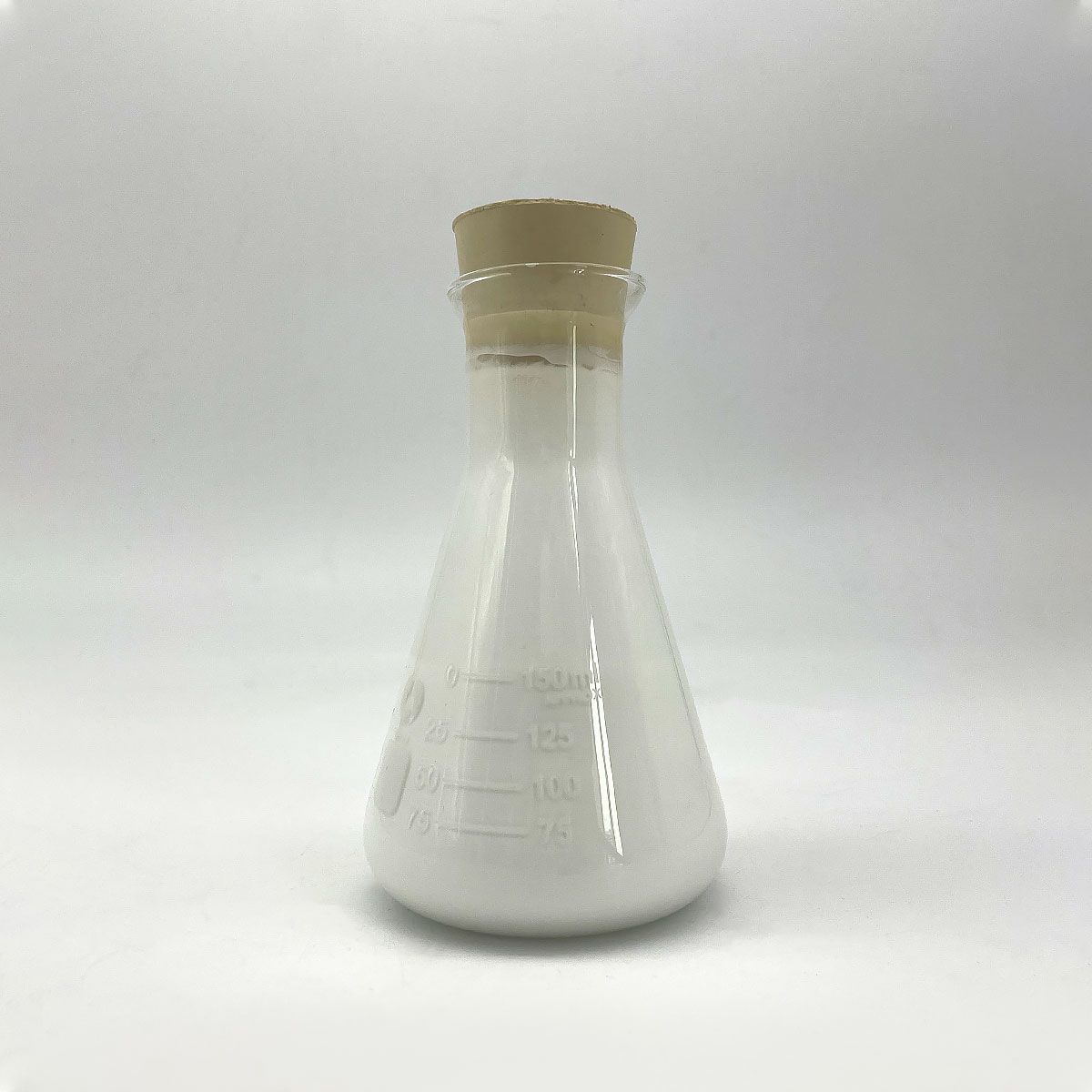1. Introduction
Sodium lauryl sulfate (SLS), also known as sodium dodecyl sulfate, is widely recognized as a primary anionic surfactant in shampoos, toothpastes, and detergents. However, its utility extends far beyond consumer hygiene—particularly into specialized agricultural applications. One of the most impactful yet underappreciated uses of SLS is as a surfactant for herbicides, where it enhances the performance of weed-killing formulations through improved wetting, spreading, and adhesion on plant surfaces.

In modern precision agriculture, the effectiveness of a herbicide often depends less on the active ingredient and more on the adjuvant system that delivers it. Sodium lauryl sulfate plays a pivotal role in this delivery mechanism, functioning as a lawn wetting agent and surfactant for weed killer formulations alike.
2. The Role of Surfactants in Herbicide Efficacy
2.1. Meaning of Surfactant in Agrochemical Contexts
A surfactant—short for ‘surface-active agent’—reduces surface tension between liquids or between a liquid and a solid. In herbicide applications, this property allows spray droplets to spread evenly across waxy or hairy leaf surfaces, which would otherwise repel water-based solutions.
The meaning of surfactant in agriculture centers on bioavailability: without proper surfactants, active ingredients may bead up and roll off target weeds, drastically reducing efficacy. Sodium lauryl sulfate, with its strong anionic character, excels at disrupting this natural hydrophobic barrier.
2.2. Why Sodium Lauryl Sulfate Stands Out
Among anionic surfactants, sodium lauryl sulfate offers a balance of cost-effectiveness, biodegradability, and performance. It is often preferred over sodium dodecylbenzene sulfonate or ammonium lauryl sulfate in certain formulations due to its lower phytotoxicity and compatibility with a broader range of tank mixes.

SLS sodium lauryl sulfate is particularly effective when used at concentrations of 0.1% to 0.5% v/v in spray solutions—translating to roughly 1–2 teaspoons per gallon of water, depending on water hardness and target species.
3. Comparative Performance with Other Surfactant Classes
3.1. Anionic vs. Non-Ionic and Amphoteric Systems
While SLS is anionic, herbicide formulations may also incorporate non-ionic surfactants like ethoxylated alcohols, polysorbate 80 (also known as Span80 in some contexts), or coco glucoside. Non-ionic surfactants are less sensitive to water hardness and often used in hard-water regions.
Amphoteric surfactants such as cocamidopropyl betaine (also called coco betaine, amidopropyl betaine, or coco amido propyl betaine) offer pH-dependent charge behavior, making them useful in buffered systems. However, they are typically more expensive and less common in large-scale agricultural use.
3.2. Bio-Based and Specialty Alternatives

Bio surfactants like decyl glucoside, sodium cocoyl glutamate, and alkyl polyglucoside are gaining traction due to environmental regulations. Similarly, sodium lauroyl sarcosinate and sodium coco sulfate (sometimes labeled as coco sodium sulfate) provide milder, plant-friendly options.
- Methylated seed oil (MSO) enhances cuticle penetration but lacks wetting power alone.
- Lignin sulfonate acts as a dispersant but is less effective as a primary wetting agent.
- Fluoro surfactants offer ultra-low surface tension but are cost-prohibitive for most field applications.
4. Practical Formulation Considerations
4.1. Compatibility with Common Herbicides
Sodium lauryl sulfate integrates well with glyphosate, glufosinate, and 2,4-D formulations. However, caution is required when mixing with cationic herbicides or adjuvants, as anionic-cationic interactions can cause precipitation. For instance, combining SLS with cetyl trimethyl ammonium bromide (CTAB) or cetyltrimethylammonium bromide may reduce efficacy due to charge neutralization.
In contrast, SLS works synergistically with sodium laureth sulfate (also called sodium lauryl ether sulfate or sodium lauryl ether sulphate), another anionic surfactant often found in sodium lauryl ether sulphate in shampoo—but repurposed here for agricultural wetting.
4.2. Stability and Environmental Impact
SLS degrades readily in soil and water, with a half-life of days to weeks under aerobic conditions. This makes it preferable to persistent alternatives like certain ethoxylated alcohols or copper 1 bromide-based systems.
Manufacturers such as Rohit Surfactants Private Limited supply technical-grade sodium lauryl sulfate for sale specifically formulated for agrochemical use, ensuring consistent purity and performance.
5. Emerging Trends and Future Outlook
Research is ongoing into hybrid surfactant systems that combine SLS with non-ionic polymers like Pluronic 127 (poloxamer 188) to improve rainfastness and foliar retention. Additionally, blends incorporating sodium deoxycholate or sodium oleate are being tested for enhanced membrane disruption in resistant weed species.
As regulatory pressure mounts on traditional adjuvants, sodium lauryl sulfate remains a viable, scalable option—especially when paired with bio surfactants like coco glucoside or lauroyl sarcosinate to reduce environmental load without sacrificing performance.
6. Conclusion
Though best known for its foaming action in personal care, sodium lauryl sulfate proves indispensable in the niche domain of agricultural herbicide enhancement. Its role as a surfactant for weed killer formulations—improving coverage, uptake, and overall efficacy—demonstrates the versatility of this classic anionic compound. When selected and applied correctly, SLS sodium lauryl sulfate offers a cost-effective, biodegradable solution that bridges performance and sustainability in modern crop protection strategies.
Our Website founded on October 17, 2012, is a high-tech enterprise committed to the research and development, production, processing, sales and technical services of ceramic relative materials such as How. Our products includes but not limited to Boron Carbide Ceramic Products, Boron Nitride Ceramic Products, Silicon Carbide Ceramic Products, Silicon Nitride Ceramic Products, Zirconium Dioxide Ceramic Products, etc. If you are interested, please feel free to contact us.


